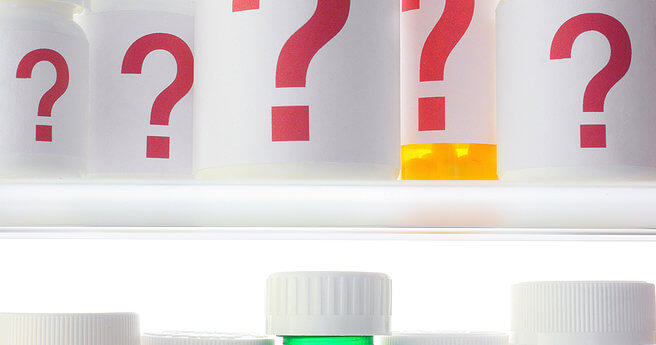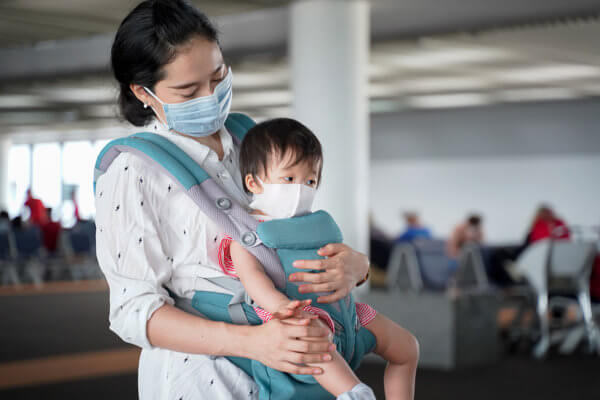A new parent’s favorite motto? Be prepared. Handle fevers, bumps, bruises, and more by stocking up on these baby medicine cabinet essentials, which are readily available at most drugstores. Be sure to include any other items that are specific to your child’s needs and check the expiration dates on perishable items routinely, replacing them as they expire.
Thermometer Although high-tech ear thermometers may be less intrusive, when your baby is young, a good old-fashioned rectal reading provides the most accurate result. Good news: Today they’re no longer the dangerous glass-and-mercury variety. A wide variety of inexpensive digital rectal thermometers are available and take temperatures in as fast as five seconds.
Acetaminophen In December 2011, the Food and Drug Administration published a consumer announcement that to help prevent overdosing, a less-concentrated form of infant acetaminophen containing 160 milligrams of acetaminophen per 5 milliliters is now available and comes with a syringe (instead of a dropper or cup). With it came a warning: Keep a watchful eye on package labeling, because the more concentrated formulas containing 80 milligrams in 0.8 or 1 milliliter liquid are still available. Carefully note the dose and concentration your doctor recommends for your child, and be sure to buy the correct concentration and administer the precise dose. [Note: Acetaminophen is not recommended for babies less than 3 months of age without a doctor’s approval.]
Humidifier When your baby has a cough, croup (a cough that sounds like a barking seal) or a cold, adding moisture to the air with a humidifier in his room may help. Look for the cool-mist type (free of a heating element, they’re considered safer for households with tots) at a local mass-retail store. Be sure to follow the manufacturer’s directions and clean it regularly; dirty humidifiers can breed bacteria and mold that can cause illness. Ideal home humidity levels are between 30 and 50 percent; you can measure it with a hygrometer or choose a humidifier with a built-in humidistat.
Nasal aspirator To give your baby some relief from a stuffy nose, use an aspirator to suck out mucus and solid matter, which will help her breathe easier. The bulb syringe is probably the most widely used type, but battery-operated versions are a new alternative that we say are definitely a baby medicine cabinet essential.
Gauze pads They’re perfect material for cleaning minor scrapes, cuts and burns, and for dressing them once they’ve been treated. The lightly woven fabric absorbs liquids and is breathable, allowing airflow. Gauze pads are ideal for small wounds and come individually wrapped to ensure sterility.
Bacitracin ointment After cleaning your infant’s minor scrapes and cuts with a gentle/hypoallergenic soap and water, help prevent infection with a bacitracin first-aid antibiotic ointment (avoid first-aid ointments that contain neomycin, which can cause skin sensitivity). Apply according to manufacturer’s directions.
Adhesive bandages Keep various sizes of this type of bandage on hand for when your child has bleeding or a minor open wound. Be sure to remove the bandage at least once a day to check on healing progress, or whenever the bandage gets wet. Once a scab has formed, remove the bandage.
Cold packs Applying cold, not heat, to minor bumps is the best option to minimize swelling. A cold pack makes it a no-brainer: Just keep a couple in the freezer and use when necessary. The gel inside the hypoallergenic pack stays cold for about 30 minutes, and they’re also great for relief after shots and on insect bites.
Electrolyte solution These helpful liquids contain a blend of water, sugar, salt and electrolytes to keep babies and toddlers hydrated when they suffer from diarrhea and/or vomiting.




